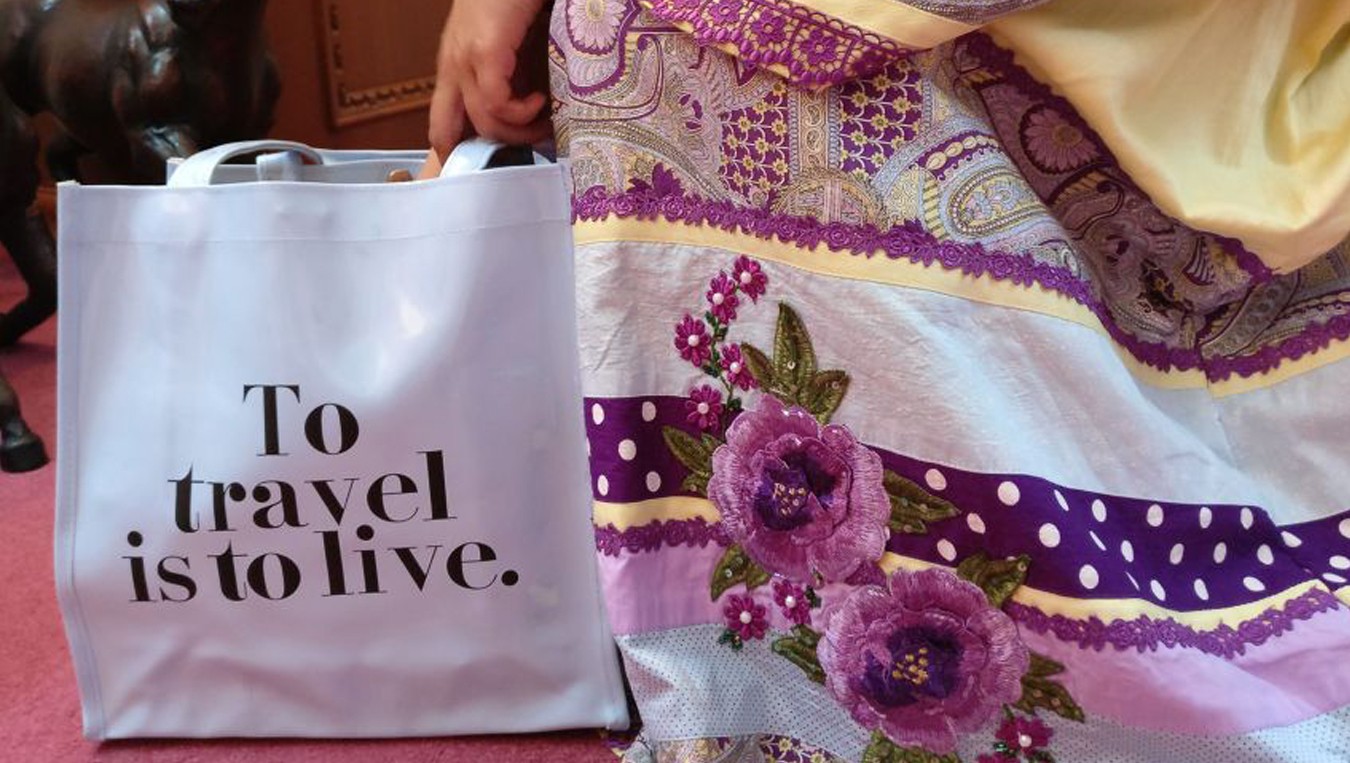The Dawoodi Bohra Way: The Right to our Beloved Rida
20 Mar, 2018

In 2018, it won’t be a stretch to say that Women led movements have shaken the very ground we walk on. The seismic shift has been led by women who have been brave, outspoken and who are tired of being treated like second-class citizens. Central to their argument has been their identity and how women want their identities to not just be acknowledged, but in fact, celebrated. The obvious question that stared society in the face was simply, why not? Our ideas and rights have an equal contribution towards the human race, and we don’t want to remain unheard anymore.
As Dawoodi Bohra women, we too treasure our identities, we also feel it should be sacrosanct.
Which is why it baffles us that when we adorn our beloved rida and walk with pride, we are met with curious glances, which someone wearing jeans and a t-shirt, or dressed in her office attire would not receive. My attire, a unique projection of community, may not be known to the public as much as other forms of clothing – be it traditional or Western, but there is a lot about it that we are be proud of.
We welcome a curiosity to learn and know about our community, in fact, we encourage it, but there is a clearly distinguishable line between wanting to know something, and not willing to discuss anything. We are ardent advocates of the former, as curiosity is the seed from which breakthroughs are born. But what we are not comfortable with is the unwillingness to know and yet a deep interest to pass judgment.
Our rida is our pride. This brightly coloured garment is a reflection of our personalities and individuality. To some, colours may just be that but to us, colours represent energy and these colours represent the positive energy that courses through me. My attire is not just a reflection of who I am as a person but is also a cultural representation of the Dawoodi's Bohra's Yemeni and Indian ancestry.
The imitable William Shakespeare once said that clothes maketh the man, and I am sure every woman would add that clothes maketh the women, probably even more so than men. The rida has accompanied most Dawoodi Bohra women through their lives, starting from a tender age when fashion and style hadn’t taken root in our conscious, and into their transition towards confident, upstanding women in society. The rida is a matter of choice, not compulsion, a choice most of us have gladly embraced, which is probably why we wear everywhere, from work to outdoors and even on holidays abroad. We even have instances where a woman from our community has even skydived wearing a rida, a feat which has inspired many an adventurous soul to make a quick edit to their bucket list. In fact, recently a group of women from our community even played a badminton match by sporting a sporty rida.
As women deeply rooted in the culture and aware of the significance of the customs of my community, we know that our rida is one of the most comfortable garments one could ever wear, in any weather, situation or place. An attire for all seasons and situations, the rida is more than just a garment. For us, it is a symbol of beauty and confidence projected by strong-willed modern women who’re not afraid to wear their individuality while upholding their tradition.
We are thankful that we live in a country which advocates freedom of choice and few things makes us feel as proud of who we are as the act of wearing our rida. Sometimes, the most important of rights is not just enshrined in a book or by the rule of law, it is a feeling, a feeling deep within your soul.
More than style, convenience, fashion, comfort, it is that feeling that is the rida.